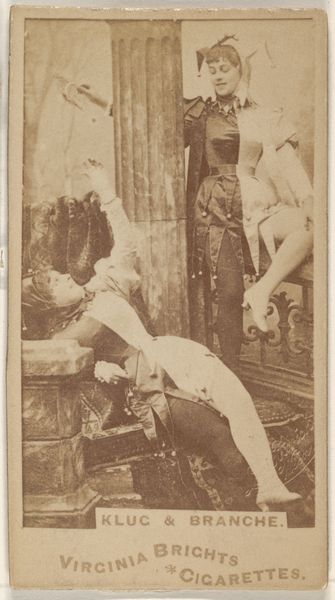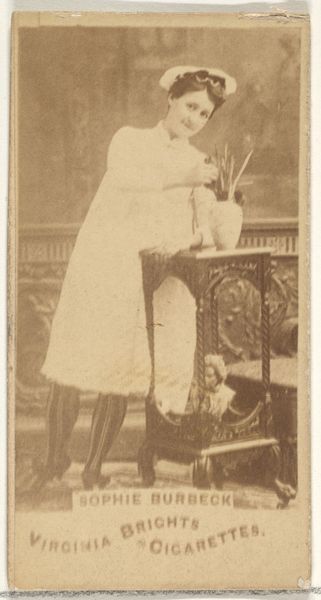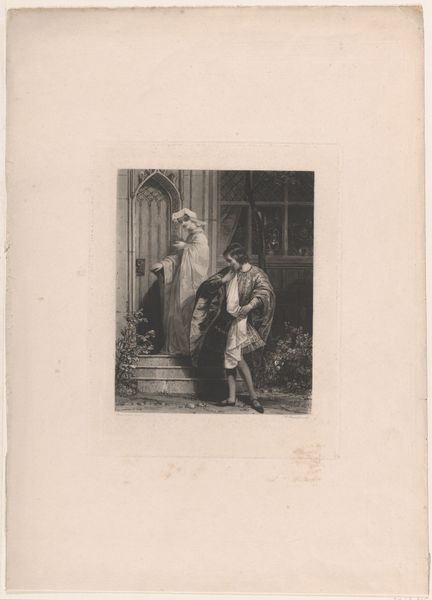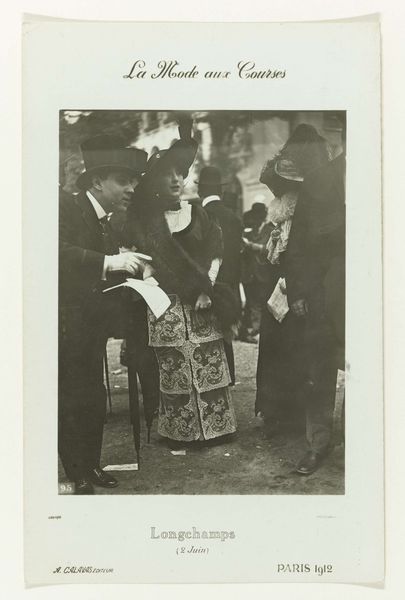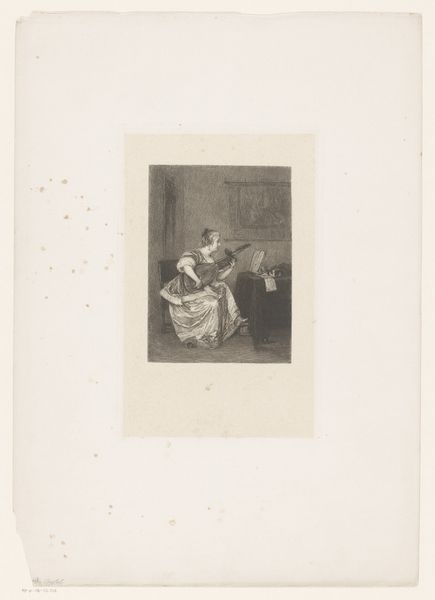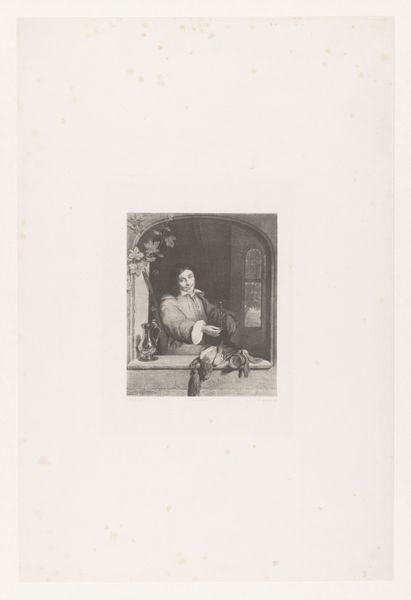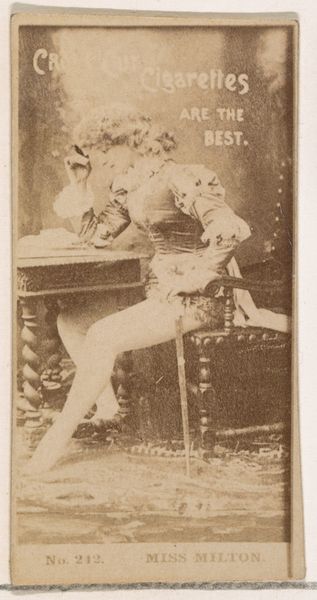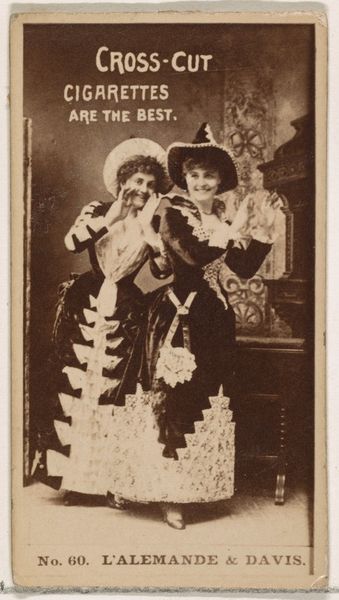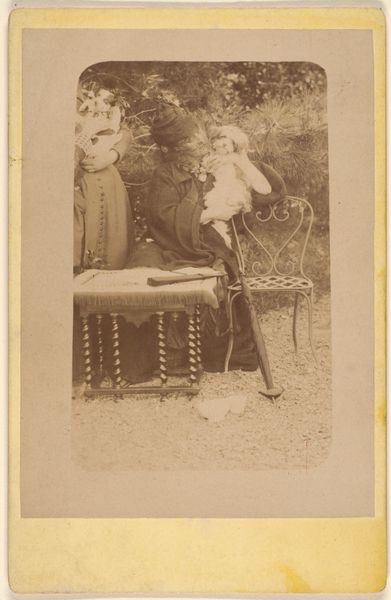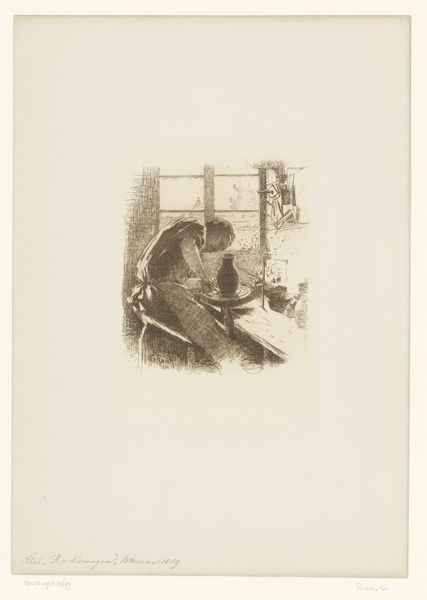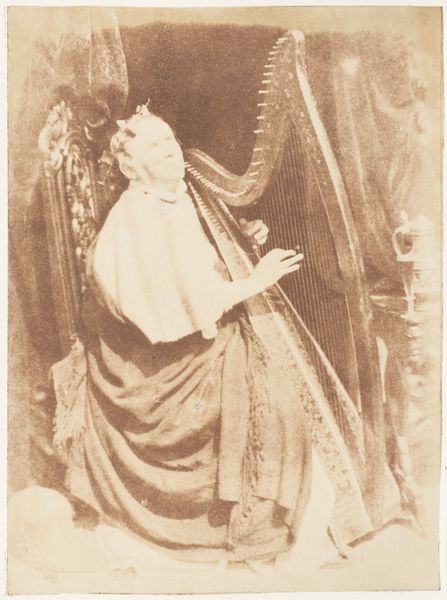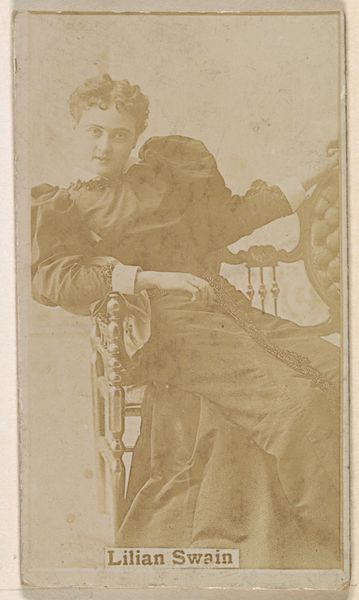![[Charles Edward Stuart, also known as Charles Manning Allan] by Hill and Adamson](/_next/image?url=https%3A%2F%2Fd2w8kbdekdi1gv.cloudfront.net%2FeyJidWNrZXQiOiAiYXJ0ZXJhLWltYWdlcy1idWNrZXQiLCAia2V5IjogImFydHdvcmtzLzlhOTkzMzNmLWY3NGEtNGVkNC05MzA4LTMyNmE3ZDljZDcyYS85YTk5MzMzZi1mNzRhLTRlZDQtOTMwOC0zMjZhN2Q5Y2Q3MmFfZnVsbC5qcGciLCAiZWRpdHMiOiB7InJlc2l6ZSI6IHsid2lkdGgiOiAxOTIwLCAiaGVpZ2h0IjogMTkyMCwgImZpdCI6ICJpbnNpZGUifX19&w=3840&q=75)
[Charles Edward Stuart, also known as Charles Manning Allan] 1843 - 1847
0:00
0:00
daguerreotype, photography
#
portrait
#
daguerreotype
#
photography
#
romanticism
#
men
Copyright: Public Domain
Curator: What strikes me about this image by Hill and Adamson, titled "[Charles Edward Stuart, also known as Charles Manning Allan]", and produced sometime between 1843 and 1847, is the deliberate attempt to construct an image of Scottish identity through a modern medium, the daguerreotype. Editor: He looks so melancholy! The sepia tone deepens that somber mood; I feel as if I am peering into someone's suppressed memory. What about you? Do you get that evocative sense or am I being overly sentimental? Curator: Not at all! The process itself, daguerreotypy, involved coating a silvered copper plate with light-sensitive chemicals. The exposure time was significantly long, often several minutes. Consider the sitter maintaining that posture and expression for such an extended duration—it demanded labor. Editor: The things we do for art, eh? I can’t help but be captivated by the soft glow in this portrait, the textures almost caress your gaze, drawing me into its romantic narrative like a dimly-lit novel... But do tell, how does this portrait challenge traditional ideas surrounding high art? Curator: Photography in its nascent years, struggled for recognition as an art form, and part of it involved portraiture’s democratisation. These images of the common person subverted the class hierarchies previously prevalent within portraiture. This is an important commentary about commodification. Editor: A portrait speaks about what’s inside, in my perspective; maybe photography captures not just a moment in time but also unveils what lies beneath—perhaps revealing the hidden narratives embedded deep in a subject's spirit. Do you think such readings run against art history, maybe even subvert its material reading? Curator: Both interpretations co-exist, with varying degrees of intensity within discourses. I might add that our perception is impacted due to technology. Now with phones our hands, we engage with images at light speeds with completely different consumption habits than say in the 1840s. Editor: Well, considering we’ve brought up how it makes *us* feel… maybe art *should* meet each person in the middle. I appreciate it much more thinking that way! Curator: I agree; that engagement changes as cultures of viewing changes.
Comments
No comments
Be the first to comment and join the conversation on the ultimate creative platform.
